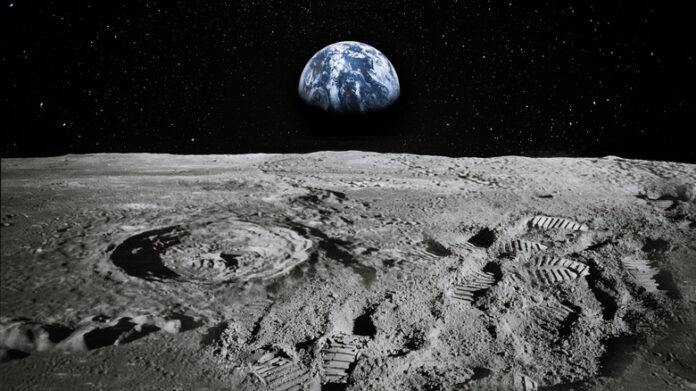In a groundbreaking move that could reshape the future of space exploration, Russia and China are reportedly considering the delivery and installation of a nuclear power unit on the surface of the Moon by the years 2033-2034. This ambitious project, revealed by the Russian news agency RIA, marks a significant collaboration between the two global powers in the realm of lunar exploration.
The initiative, if realized, would represent a pivotal step toward establishing sustainable energy sources for future lunar missions and potential human habitation on the Moon. Nuclear power has long been touted as a reliable and efficient means of generating electricity in space, offering continuous energy production even in the harsh lunar environment.
While details regarding the specific design and capabilities of the proposed nuclear power unit remain scarce, the project underscores the growing interest among nations in leveraging nuclear technology for space exploration endeavors. Both Russia and China have demonstrated their commitment to advancing space exploration capabilities, with China notably achieving significant milestones in recent years, including the successful landing of robotic rovers on the lunar surface.
However, the prospect of deploying nuclear technology in space raises various technical, logistical, and regulatory challenges. Safety concerns, environmental impacts, and international cooperation frameworks are among the key considerations that must be addressed before such a project can proceed.
The collaboration between Russia and China in this endeavor could also have geopolitical implications, potentially reshaping the dynamics of space exploration and cooperation in the coming decades. As space exploration becomes increasingly globalized, partnerships between nations are expected to play a crucial role in unlocking the full potential of humanity’s expansion into the cosmos.
As discussions and preparations for the delivery and installation of the nuclear power unit on the Moon progress, the international space community will closely monitor developments, recognizing the significance of this ambitious undertaking in shaping the future of lunar exploration and beyond.
Key Points Of This News
- Collaborative Effort: Russia and China are considering a joint project to deliver and install a nuclear power unit on the Moon’s surface by 2033-2034.
- Purpose: The initiative aims to establish a sustainable energy source for future lunar missions and potential human habitation on the Moon.
- Significance: If successful, the project would represent a major advancement in space exploration, leveraging nuclear technology to address energy needs in the lunar environment.
- Challenges: Technical, logistical, safety, and regulatory challenges must be addressed before the project can proceed, including concerns about safety, environmental impact, and international cooperation.
- Geopolitical Implications: The collaboration between Russia and China could reshape the dynamics of space exploration and cooperation, highlighting the importance of international partnerships in advancing humanity’s presence in space.
- Monitoring Developments: The international space community will closely monitor discussions and preparations for the project, recognizing its potential to shape the future of lunar exploration and beyond.



